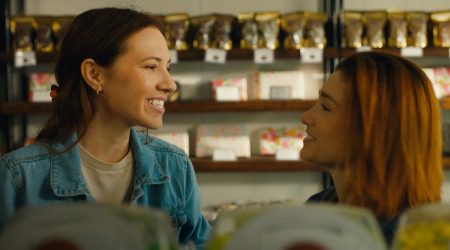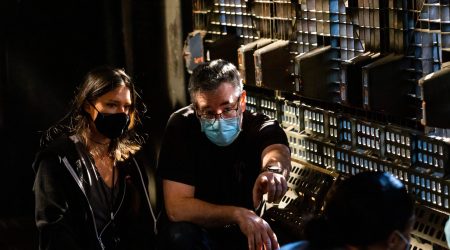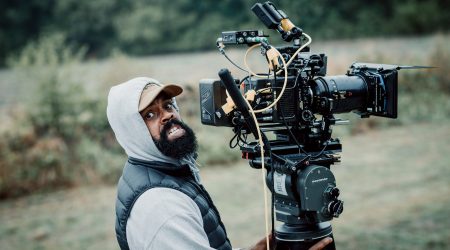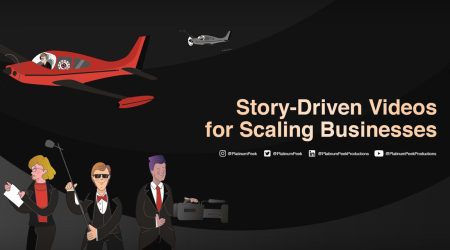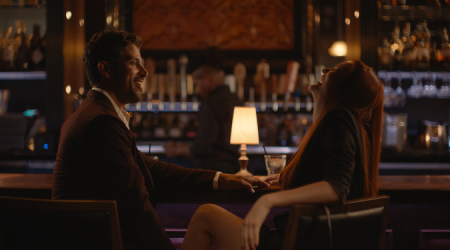In this lesson, we will cover:
- What future lessons will look like.
- Lighting Terminology
- Soft Light
Let’s start with Lighting Terminology
Key light – the dominant light on people or objects.
Fill light – that fills in the shadows no lit by the key light.
Backlight – Light that hits a person or object from behind and above.
Kicker – is a light from behind and hits along the actors cheek on the fill side. (only hits one side where the backlight hits both sides)
Side light – a light coming from the side, relative to the actor.
Topper – Light directly from above. You may also here this referring to a glad that cuts off the upper part of a light.
Ambient light – usually means light that happens to be on the location.
Practicals – Prop lights like table lamps, floor lamps.
High key – lighting that is bright and fairly shadowless. (Think talk shows)
Low Key – lighting that is dark and shadowy with little or no fill. (Think Film noir)
Bounce light – that is reflected off of something.
Motivated lighting – where light in the scene appears to have a source such as a window, lamp, door, etc.
Soft Light
Soft light refers to light that tends to “wrap” around objects. Soft light can create shadows with soft edges.
2 Factors determine how soft a light is:
- Proximity – The closer the light, the softer the light.
- Size – The larger the light, the softer the light.
Soft light can reduce shadows. It also adds youthfulness and beauty to the skin. You can also use soft light to bring up the exposure of an image without giving away where the source is coming from. Having your light be motivated is a great way to get cinematic images.
Clouds are a natural way to diffuse the sun creating great soft light. You may have to add light or use negative fill to get contrast so the image isn’t too flat. Soft light has more of a “fall-off” and “wraps” around the subject. The quality of hard light can be made into soft light with the use of gels, silks, and diffusion.
So here are a few ways to soften a light:
- Bounce light
- Diffusion paper or fabric
- Soft Boxes
- You can move the light closer to soften the light (but that also increases the intensity of the light So you’ll have to make sure your exposure is right.)
I hope you enjoyed this first lighting lesson. If you have any questions, feel free to contact me anytime: info@gaddisvisuals.com
Thank you for listening: Please let me know what you learned or thought of the show today. Subscribe to the podcast. Be sure to join the Capturing Light Community on Facebook and say hello. I would love to hear from you. https://www.facebook.com/groups/capturinglightcommunity/
Support The Show By Becoming A Patron
Podcast: Play in new window | Download | Embed
